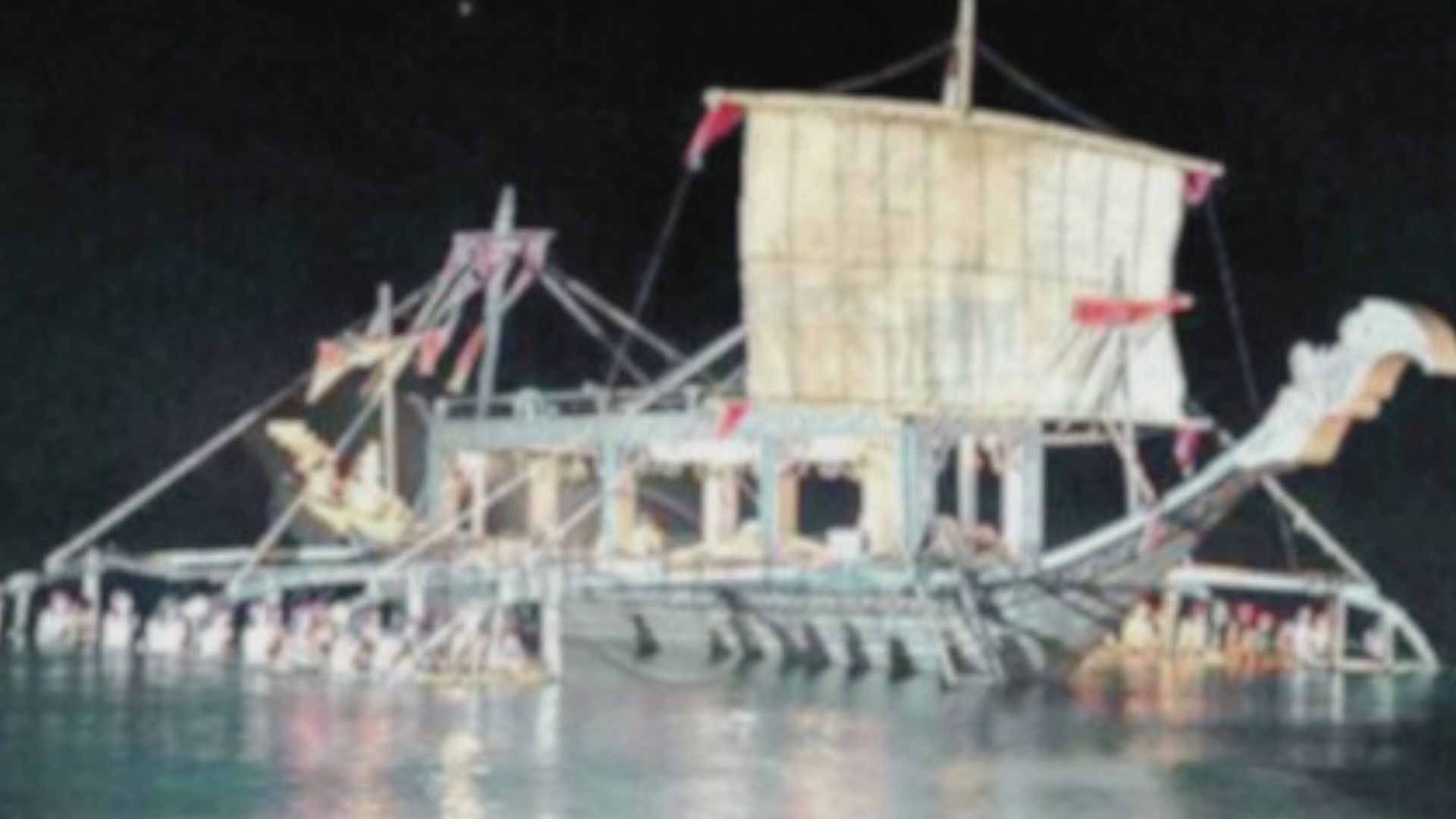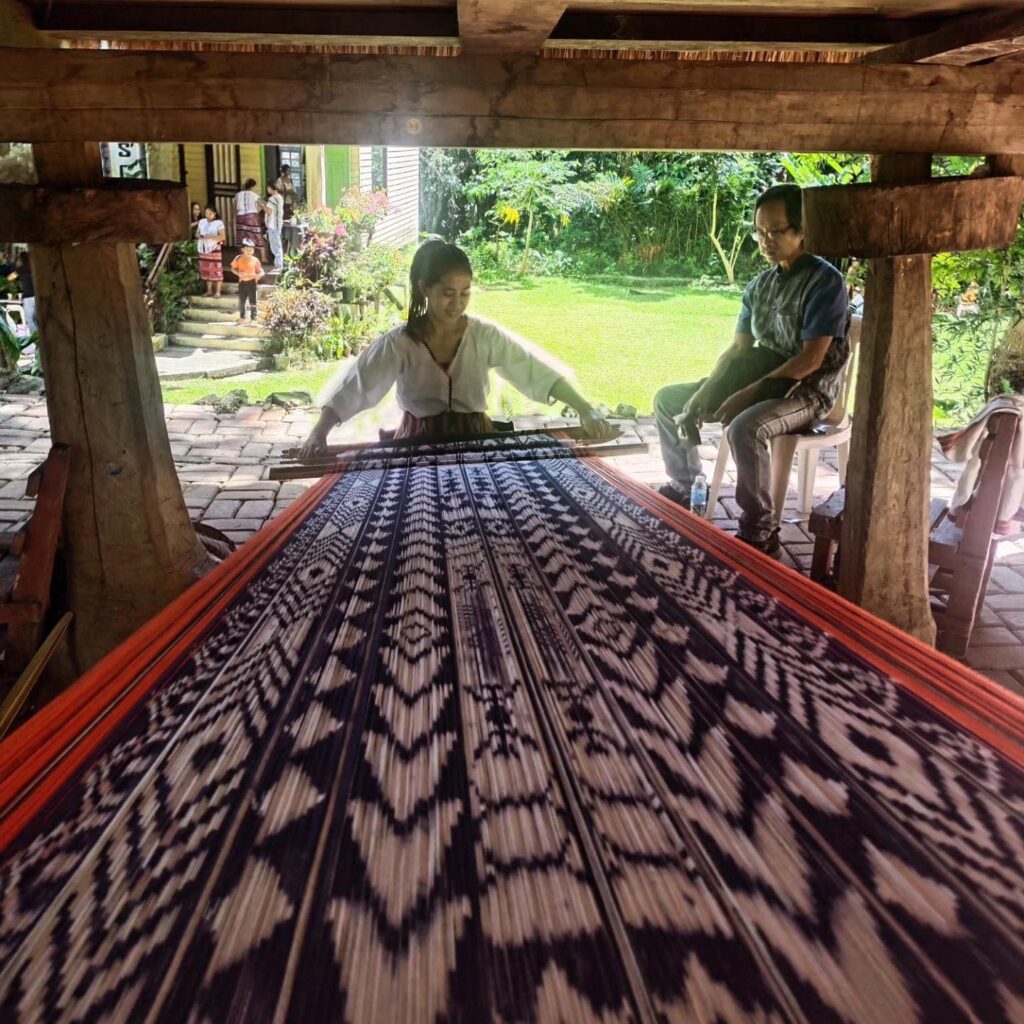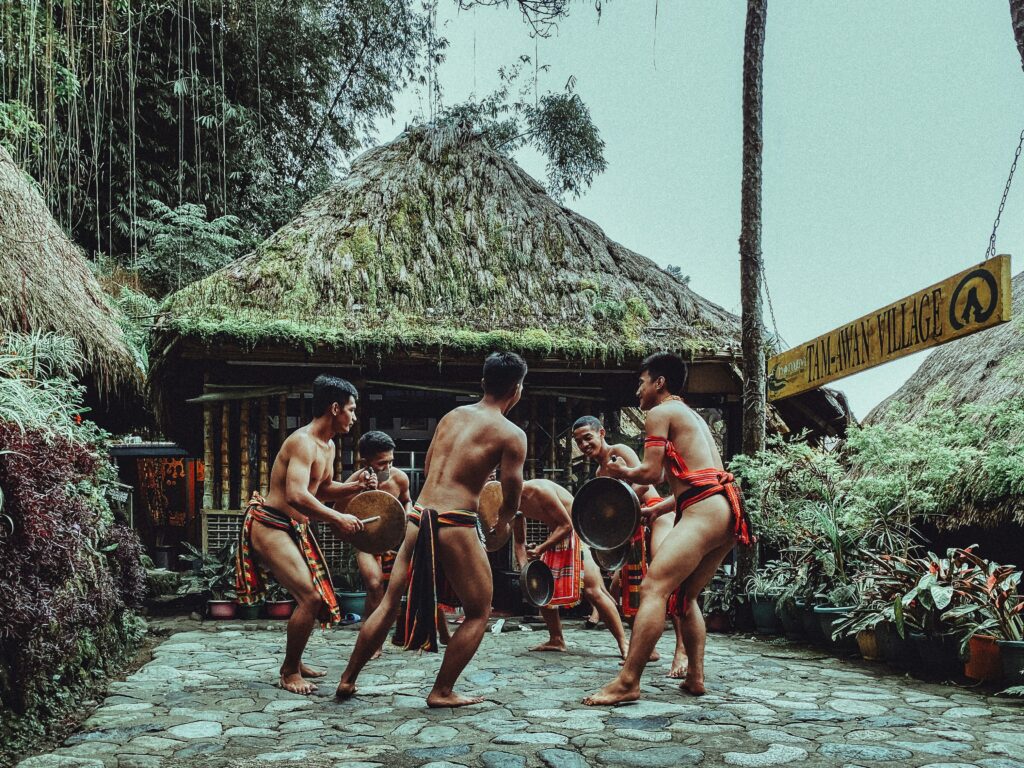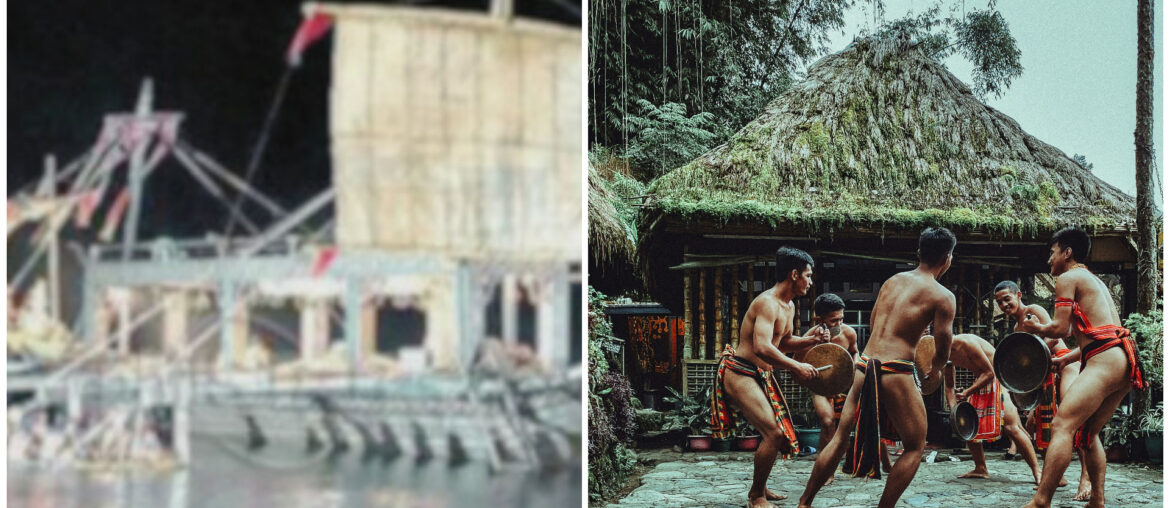The Karakoa warships are more than relics of precolonial maritime warfare, they’re enduring symbols of Sulu’s seafaring heritage, political autonomy, and cultural pride. The Karakoa was a large, fast, and highly maneuverable outrigger vessel. It was primarily a warship designed for raiding and combat.

Boat Features
They could carry dozens to over a hundred alipin-class rowers and warriors despite their different sizes. The boat is propelled by a huge number of oarsmen, who sit beneath a platform where warriors stood, as well as sails, which are typically triangular or rectangular. Due to their exceptional speed, the Karakoa were well-suited for surprise raids. They might travel up rivers or close to the coast and are often built with a shallow draft. A raised platform, called a burulan, often extended the length of the ship, allowing warriors to stand and fight above the rowers. While leaders and other important fighters would have had simple platforms or shelters, the rowers were protected by structures on the boats. They also packed food for lengthy journeys. It is adorned with elaborate carvings of naga or sea serpents, symbolizing power and protection.
Historical Backbone of Tausug Maritime Power
In addition to being utilized by Visayan and Kapampangan communities, Karakoa were plank-built outrigger vessels that were essential to Sulu’s naval supremacy at the height of the Sultanate of Sulu. These ships made it possible for commercial trips, defense against colonial intrusions, and seasonal mangayaw (sea raids). They were perfect for navigating coral-filled waterways and conducting surprise attacks because of their speed, agility, and shallow draft. This tactical advantage allowed Sulu to withstand Spanish and Dutch forces for years.

Cultural Symbol of Sovereignty and Resistance
In Sulu, the karakoa is remembered not just as a warship, but as a symbol of sovereignty. It represents a time when the Tausug people controlled trade routes, dictated alliances, and defended their shores with naval precision. The vessel’s presence in oral histories, chants, and even tattoo traditions rooted in Visayan pintados and Tausug warrior symbolism.


Revival Through Art, Education, and Advocacy
Modern efforts to revive karakoa shipbuilding, especially in Pampanga and Mindanao, are part of a broader movement to reclaim maritime heritage. Cultural organizations and scholars are reconstructing karakoa-inspired vessels, hosting workshops, and integrating them into heritage education. In Sulu, this revival is tied to intergenerational storytelling, where elders pass down knowledge of seamanship, honor codes, and the spiritual significance of the sea.

Why Does it Matter?
The karakoa anchors Sulu’s identity as a maritime culture, distinct from landlocked narratives of Filipino history. It symbolizes precolonial self-rule and naval strength, reinforcing calls for cultural recognition and regional autonomy. As Sulu navigates modern challenges — from climate change to conflict — the karakoa stands as a metaphor for adaptability, unity, and pride.



Comments are closed.